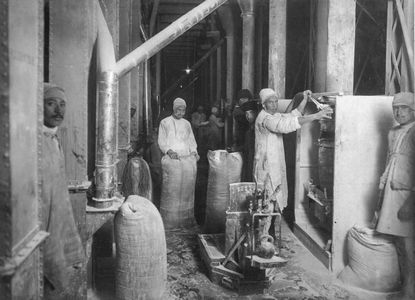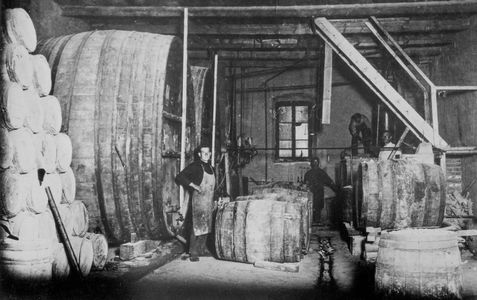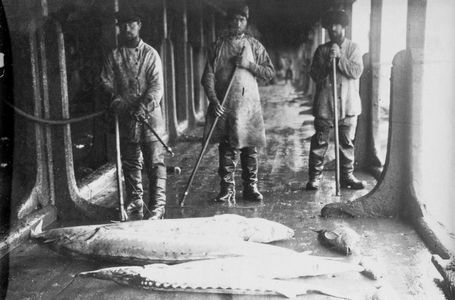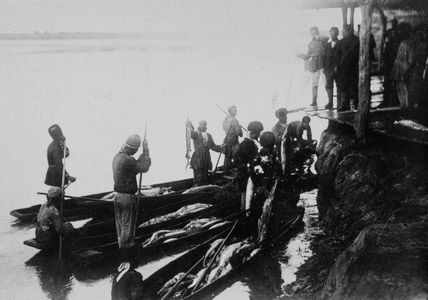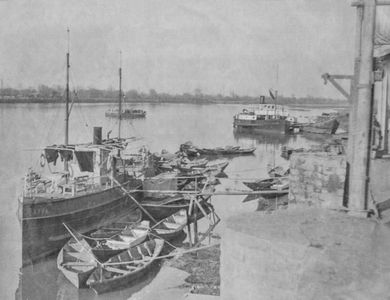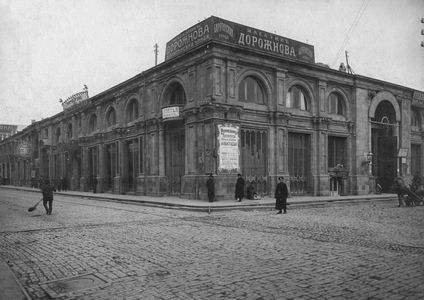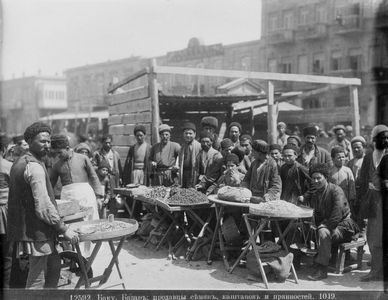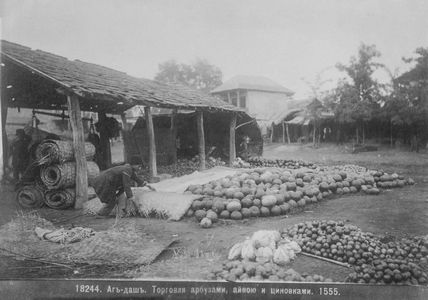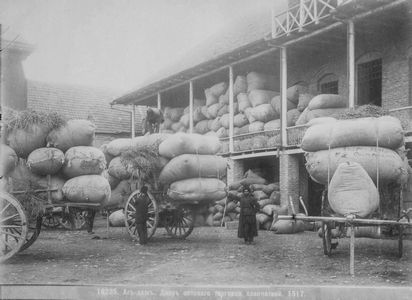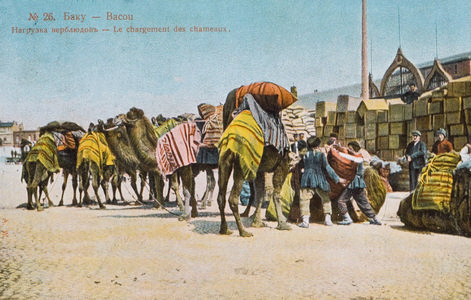Development of trade and food industry in Azerbaijan
Following the occupation of North Azerbaijan, Y.V.Kankrin, A.S. Griboyedov and R.D. Zavileyskiy put forward their projects of developing the territories. A collected works was published in 1836 titled “Review of Russian Possessions in the Caucasus”, which reflected an economic potential of Azerbaijan.
The termination of combat operations, return of refugees, migration policy of tsarism contributed to the rise in population’s number. Production of a part of produce for sales, transition to commodity-money relations, and introduction of money tax instead of natural duty favored positive developments in the agriculture, handicrafts and trade. Reforms of the 1840s and a law on agricultural societies of 1865 helped bring social-economic relations in North Azerbaijan into conformity with relations on the entire territory of the Empire. Also, emergence of manufacture enterprises stepped up transition to capitalism.
Prior to the 1870s, paces of economy’s growth became largely apparent in the agriculture. Along with cereals there was increased interest in the technical crops. The reform of May 14, 1870, despite its restricted nature, meant an appreciable blow at feudal relations and thus speeded up the capitalist development. Substantial changes became apparent in food industry, especially fishing and salt, as well as light industry. The development of the capitalist industry and agriculture and transport system contributed to the growth of volumes of trade capital and rise in commodity turnover.
The food industry was one of the most impetuously developing branches of economy. Thus, 400, 000 poods of salt were extracted yearly out of 27 lakes of Apsheron, as well as the lakes of Javad and Agdjabedi. Also, 120,000 poods of rock-salt were extracted yearly in Nakhchivan. The volume of lake-salt began gradually dropping, while that of rock-salt rising. In 1899, the volume of salt extracted in Nakhchivan made up 300,000 poods. Liquorices processing plants came to be built since 1886. Note that liquorices were used as food addition. Several big mills were built in Baku. By 1900, there were above 1000 distilleries in the country. Wine, purified alcohol, cognac, beer and vodka were mainly produced by migrants.
Quickly developing was fishery. By the 1840s, about 660,000 poods of fish were produced yearly in Kura river and lakes. The sales of sturgeons derived huge profits. Some 30-40,000 poods of caviar were produced yearly. The sea fishery began developing since the 1840s, and by 1913 there were 5,900 ships, boats and other vessels engaged in fishing. Among the biggest fish industrialists there were H.Z.Tagiyev, M.Nagiyev, M.Mukhtarov, T.Safaraliyev, A.Guliyev, etc.
